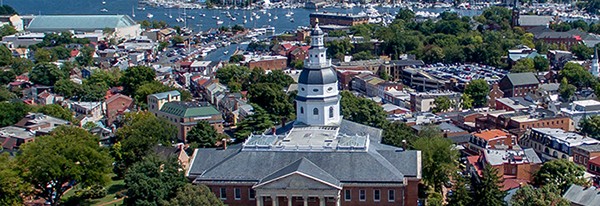Date:
Source: The Washington Post, Fredrick Kunkle
This article was originally published in The Washington Post on Tuesday, December 27, 2022.
“A shabby little house in Annapolis might become one of the nation’s main portals to the proposed Chesapeake National Recreation Area.
Burtis House, the only waterman’s home left from a time when the city’s waterfront swarmed with oyster sloops, packing houses and box cars freighting seafood to a hungry nation, is expected to be restored and fitted into a modern visitor center showcasing the bay’s riches, historic preservationists and city officials say.
If the bay becomes part of the national park system, as two Maryland lawmakers hope, the 19th-century cottage occupied by Capt. William Henry Burtis and three generations of his family would be even more in the spotlight as a kind of working man’s reception hall for visitors interested in learning about the bay’s history and biology.
Part of its mission would be to tell the story of Burtis and other watermen, those hardy souls who profited from the Chesapeake’s bounty of aquatic life and built a vast commercial enterprise so ruthlessly efficient it eventually plundered their source of wealth. Like so many blue crabs and oysters, their numbers have dwindled over the years, too…”


